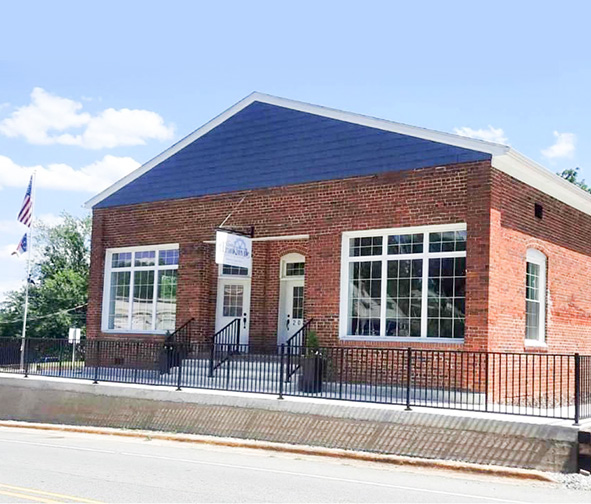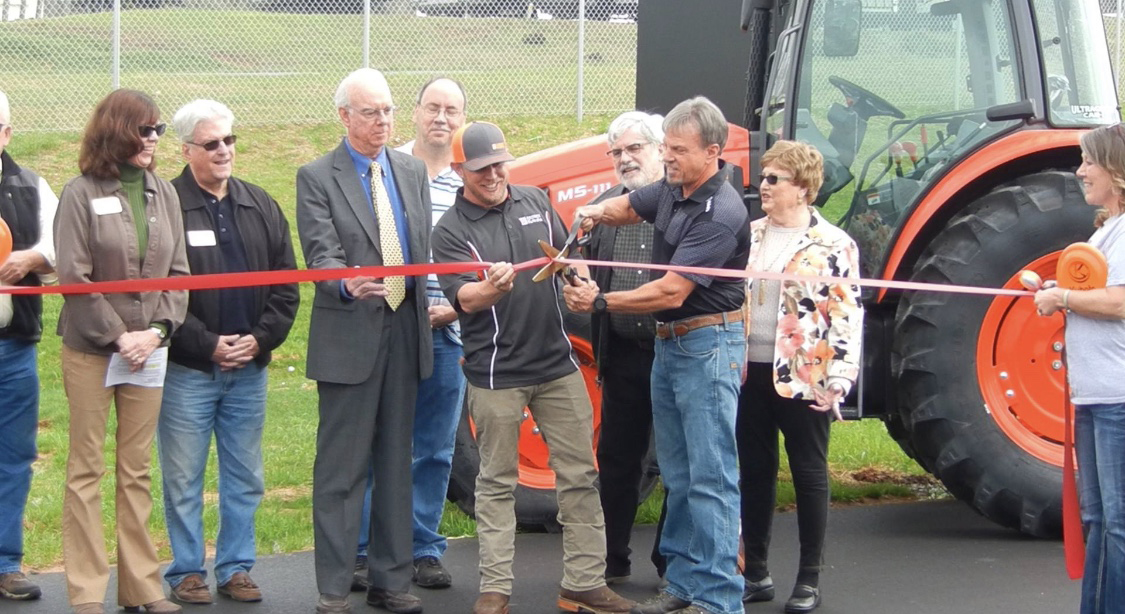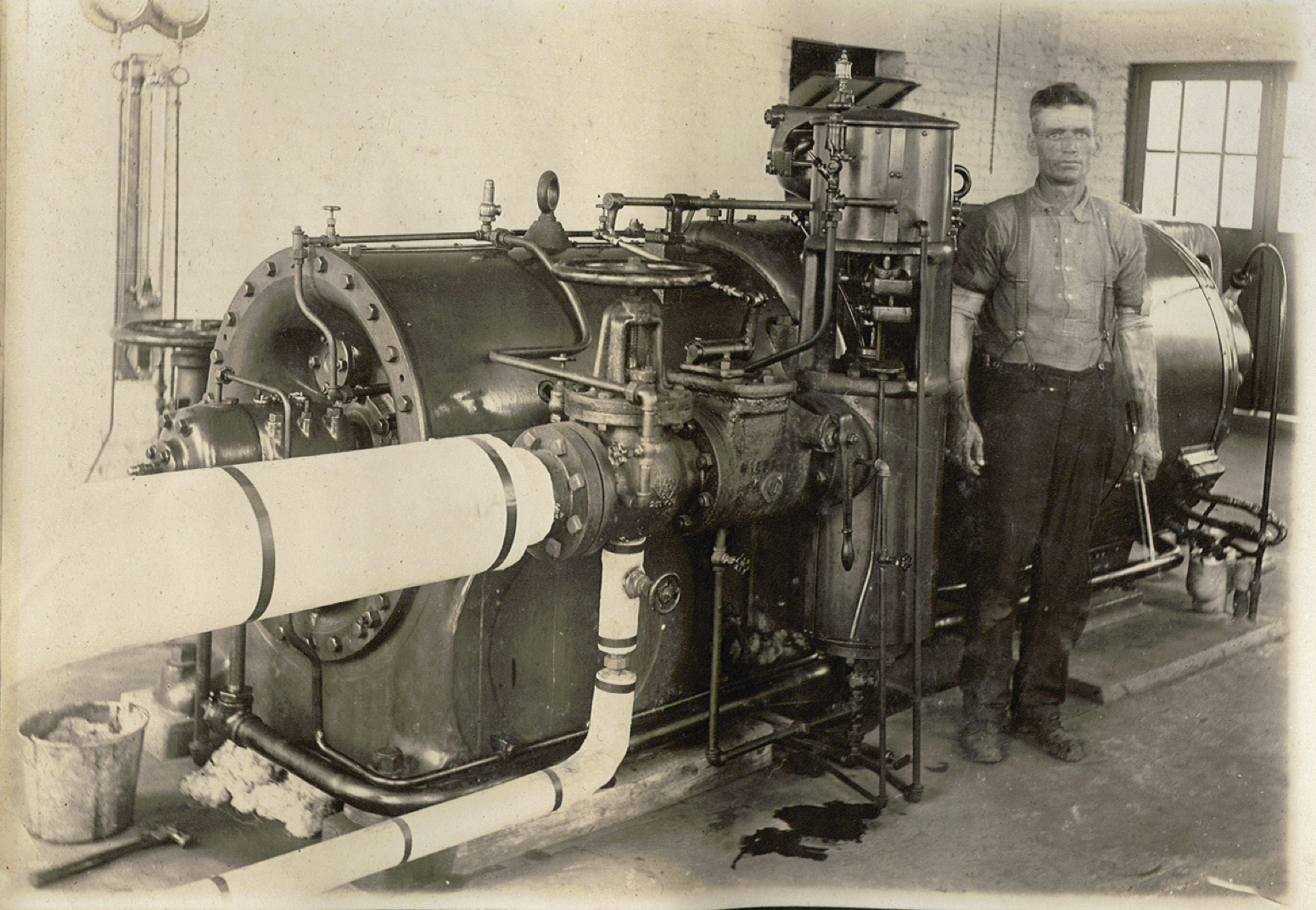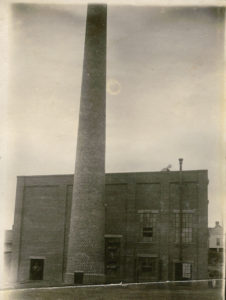Public Notice
The Franklinville Board of Commissioners’ regularly scheduled meeting of November 11, 2024 has been rescheduled to November 12th at 7:30 pm, because of the Veterans Day Holiday. The regular meeting schedule will resume in December.
Beverly E. O’Brien
Town Clerk/Finance Officer, Town of Franklinville






